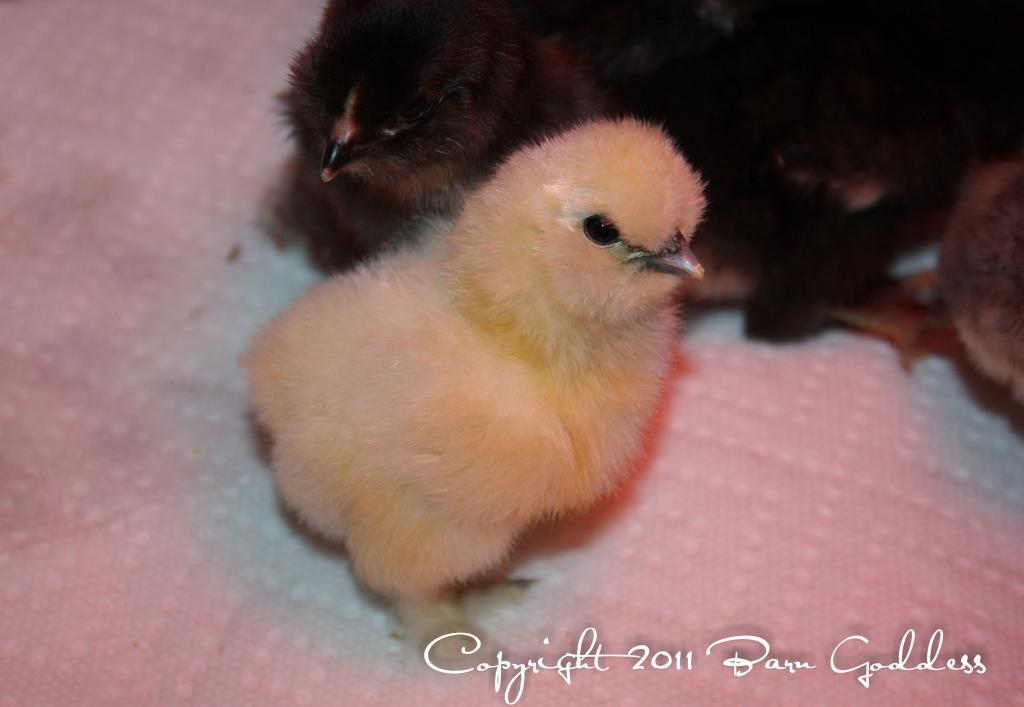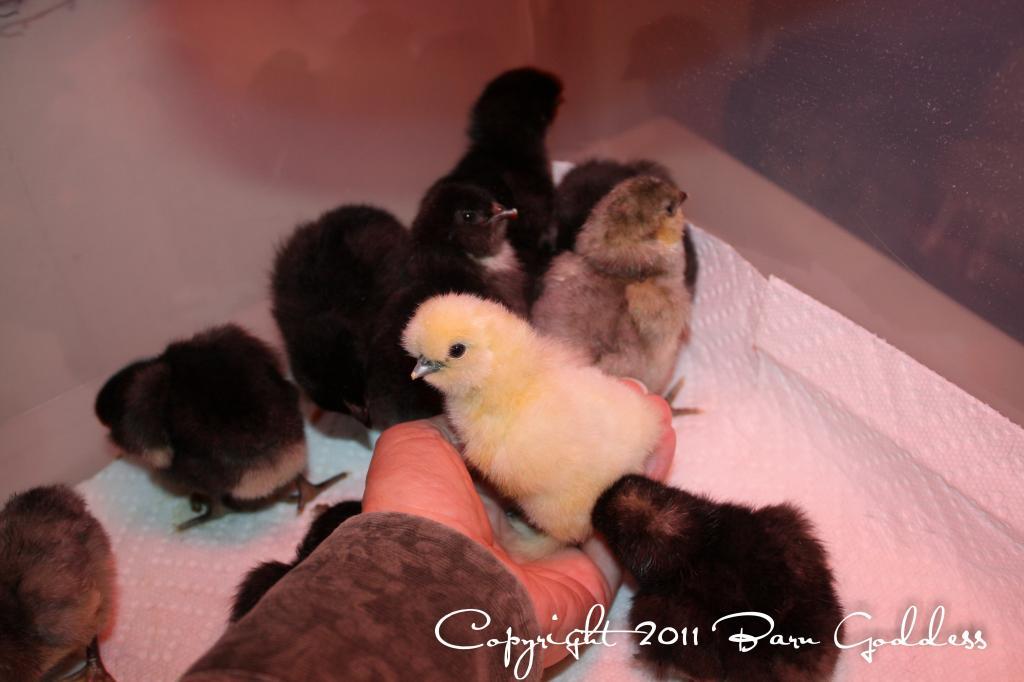Quote:
Yes, almost all genes are inherited from both parents. The few that are inherited from only one parent are sex-linked genes. THe common ones are barring, choc and silver/gold. For these genes, males inherit from both parents, females only from their father.
As to whether or not to use them in breeding, there is no clear-cut answer. Single comb is recessive to pea and rose (I could get technical and confues everyone, including myself and say it is epistatic, but I will try to keep it simple). If bred to a correctly combed bird, a good percentage of the offspring should have the correct combs. Even after you have corrected the issue in your breeders, you will still have the occasional single combed bird hatch out.
Combs and toes are relatively easy to deal with. Lack of type is much harder to correct. Wry tail is another nightmare you do not want to deal with. All that said, you pick the best you have, or acquire better if it is available. Some people have easy access to better quIality birds--either because they can afford them or happen to live near breeders with good quality birds are, or they have a large enough flock that they can be picky. And others have limited funds or availability to other breeders, and must make the best with what they can acquire.
I want to grab your genetic expertise, Sonoran. I have a really nice partridge pullet that has a bent beak. It is not a cross beak as upper and lower are both bent. My thinking is this is likely an in the shell position. Would you cull her or give her a chance in the breeding shed while carefully monitoring her off-spring?
Bent to the side or bent down? Pretty much the same answer as I gave above, whether you have other, better birds to work with or not, and how easy it is/isn't to acquire others of better quality. It may or may not be genetic. Improper beak trimming can cause problems, as can physical trauma.
Yes, almost all genes are inherited from both parents. The few that are inherited from only one parent are sex-linked genes. THe common ones are barring, choc and silver/gold. For these genes, males inherit from both parents, females only from their father.
As to whether or not to use them in breeding, there is no clear-cut answer. Single comb is recessive to pea and rose (I could get technical and confues everyone, including myself and say it is epistatic, but I will try to keep it simple). If bred to a correctly combed bird, a good percentage of the offspring should have the correct combs. Even after you have corrected the issue in your breeders, you will still have the occasional single combed bird hatch out.
Combs and toes are relatively easy to deal with. Lack of type is much harder to correct. Wry tail is another nightmare you do not want to deal with. All that said, you pick the best you have, or acquire better if it is available. Some people have easy access to better quIality birds--either because they can afford them or happen to live near breeders with good quality birds are, or they have a large enough flock that they can be picky. And others have limited funds or availability to other breeders, and must make the best with what they can acquire.
I want to grab your genetic expertise, Sonoran. I have a really nice partridge pullet that has a bent beak. It is not a cross beak as upper and lower are both bent. My thinking is this is likely an in the shell position. Would you cull her or give her a chance in the breeding shed while carefully monitoring her off-spring?
Bent to the side or bent down? Pretty much the same answer as I gave above, whether you have other, better birds to work with or not, and how easy it is/isn't to acquire others of better quality. It may or may not be genetic. Improper beak trimming can cause problems, as can physical trauma.

 silkies :
silkies :







